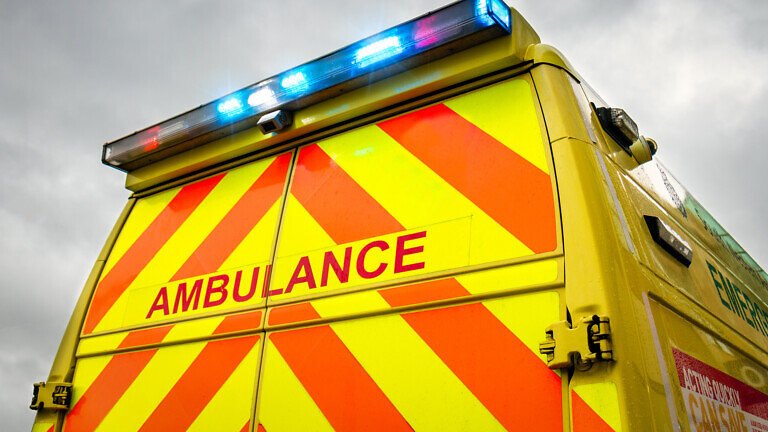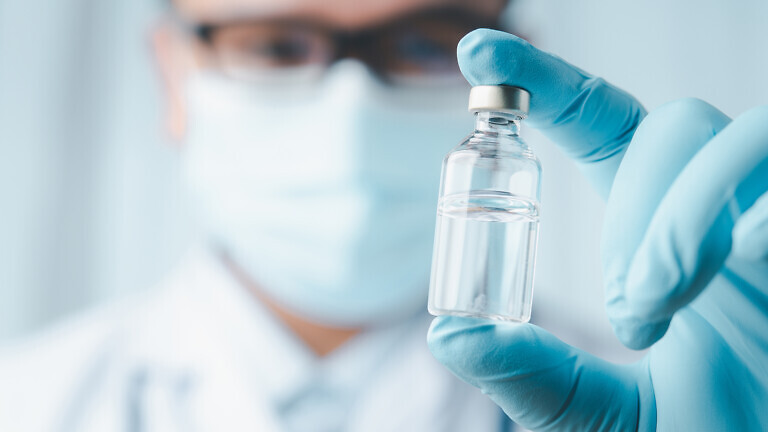The latest data from the Private Healthcare Information Network shows that admissions to private hospitals in the second quarter of the year remain at record highs.
The number of reported private hospital admissions in the second quarter of this year hit a record level for that period. It was the second highest level ever after the first quarter of this year, according to non-profit organisation the Private Healthcare Information Network (PHIN).
“Overall, the number of reported private hospital admissions is up on the equivalent quarter in 2023,” said PHIN director Richard Wells.
Admissions hit 232,000 in the quarter driven by a jump in the younger age groups. The biggest percentage increase came in the 10-19 year age group which was up 12% from 4,500 to 5,000. The 0-9 year age group also increased from 4,700 to 5,000 (9%).
Nonetheless, older patients continue to underpin hospital admissions. PHIN reports 46,900 admissions for 50-59-year-olds (up 5%).
Wells noted that the most popular procedures remained cataracts, chemotherapy and diagnostic upper GI endoscopy.
Northern Ireland had by far the largest increase in reported hospital admissions though this could be, PHIN said, partly due to improved reporting from the hospitals in that country.
England had the smallest level of growth but had the highest volumes of admissions. There was an increase in admissions in every English region except the South East (-0.3%), and Yorkshire and The Humber (-1.2%) which posted very small decreases.
Decline in some procedures
While the overall picture is positive, the report shows a significant decrease in admissions for some procedures, specifically bypass operations and gastrectomy which were down 20% and 23% respectively.
“The reduction in weight-loss surgery admissions could be due to people choosing alternative types of weight-loss treatments, the growing availability and popularity of weight-loss drugs, or people opting to go abroad for treatment,” said Wells.
Other procedures that are typically self-pay also showed a decline.
Demand for cosmetic surgery in general fell with breast lift operations down 18%, and breast augmentation down 7% while breast reduction procedures fell 9%.
“Often cosmetic procedures are not available on the NHS or through private medical insurance, so self-pay is the only option. The fall in the number of people having this sort of procedure may reflect people’s changing priorities or inability to afford to have procedures that aren’t for purely clinical purposes,” he explained.
There was an increased number of insured admissions and a reduction in self-paid admissions for both sexes compared to the same quarter in 2023.
Admissions for females continue to be higher than for males across both payment methods.



